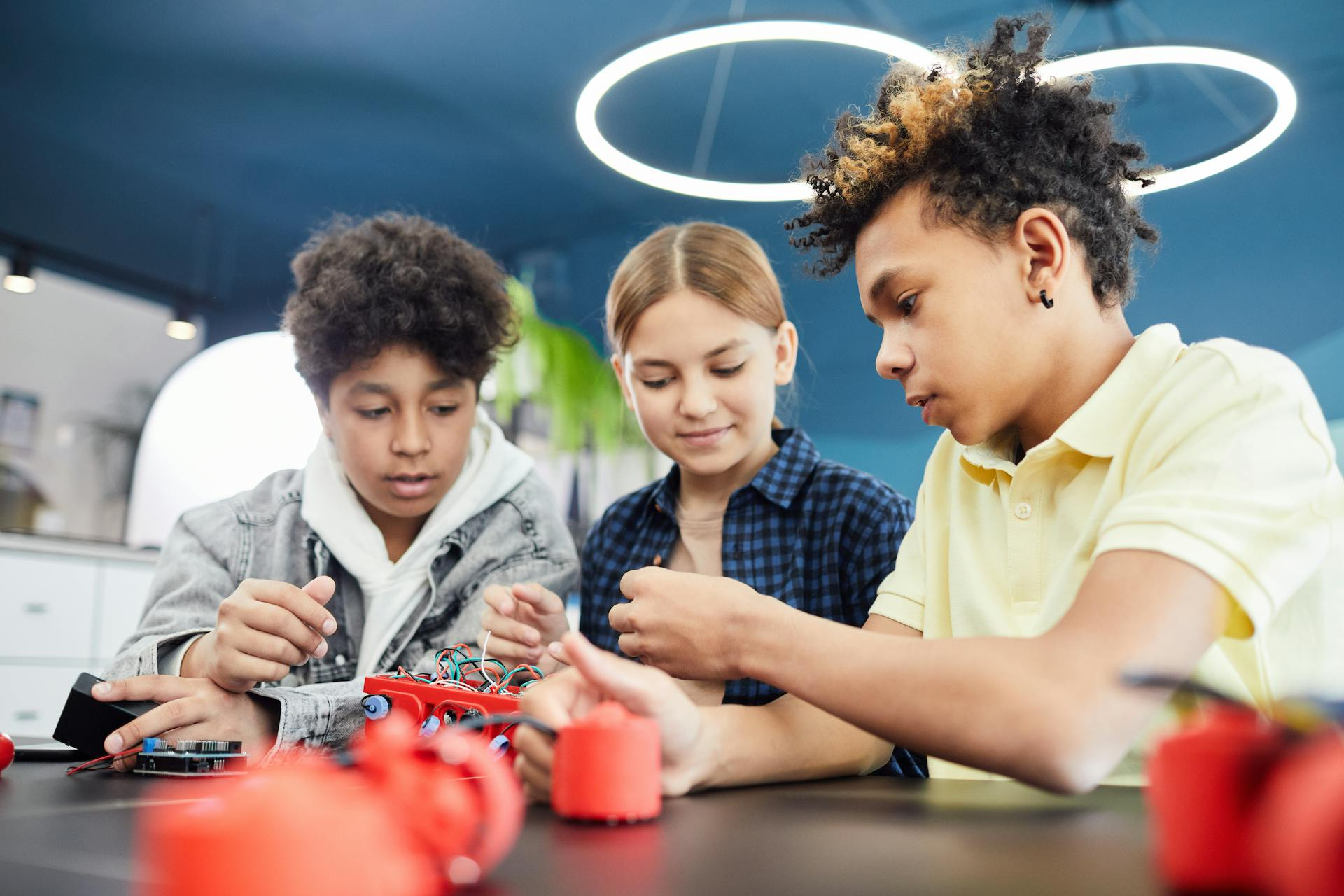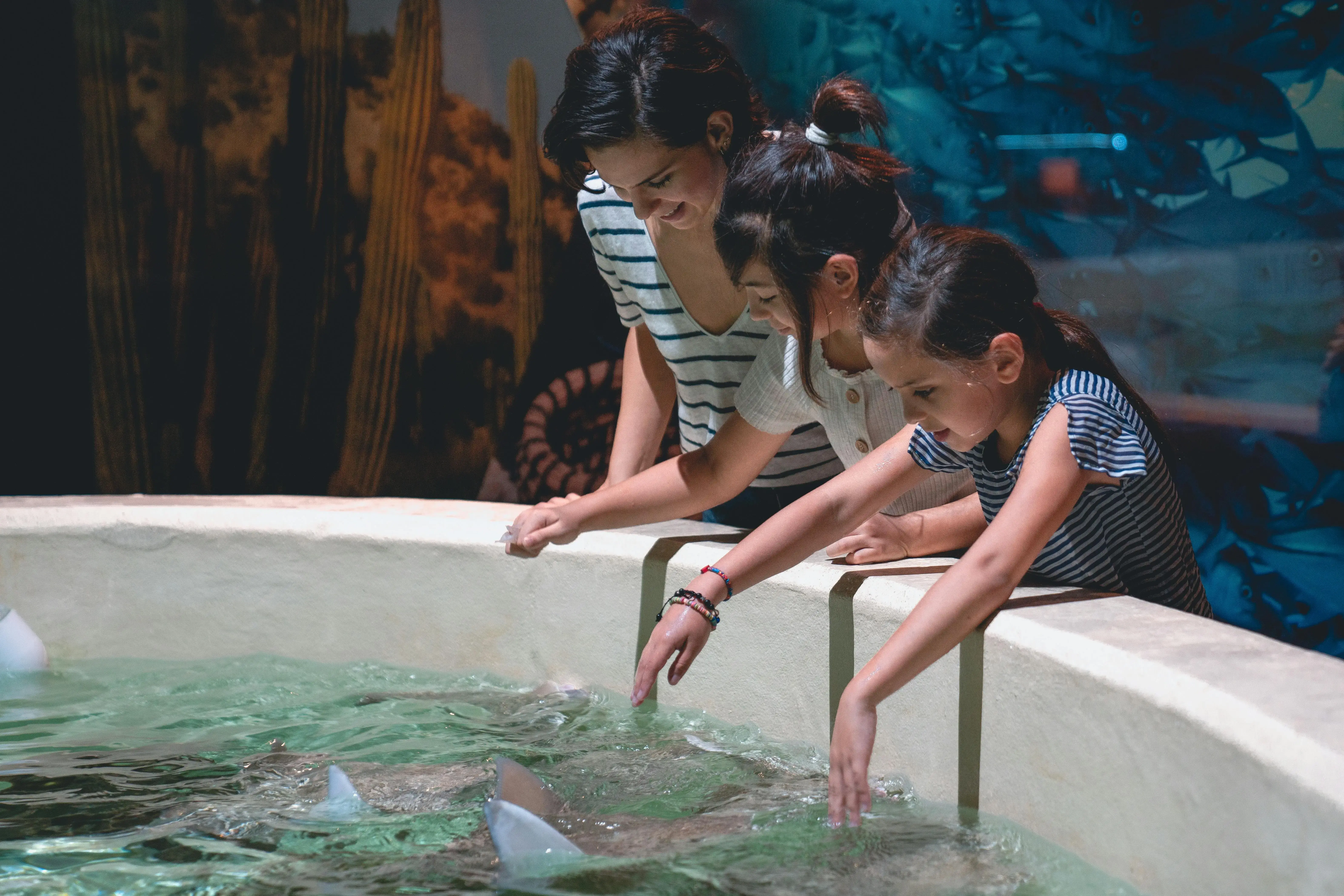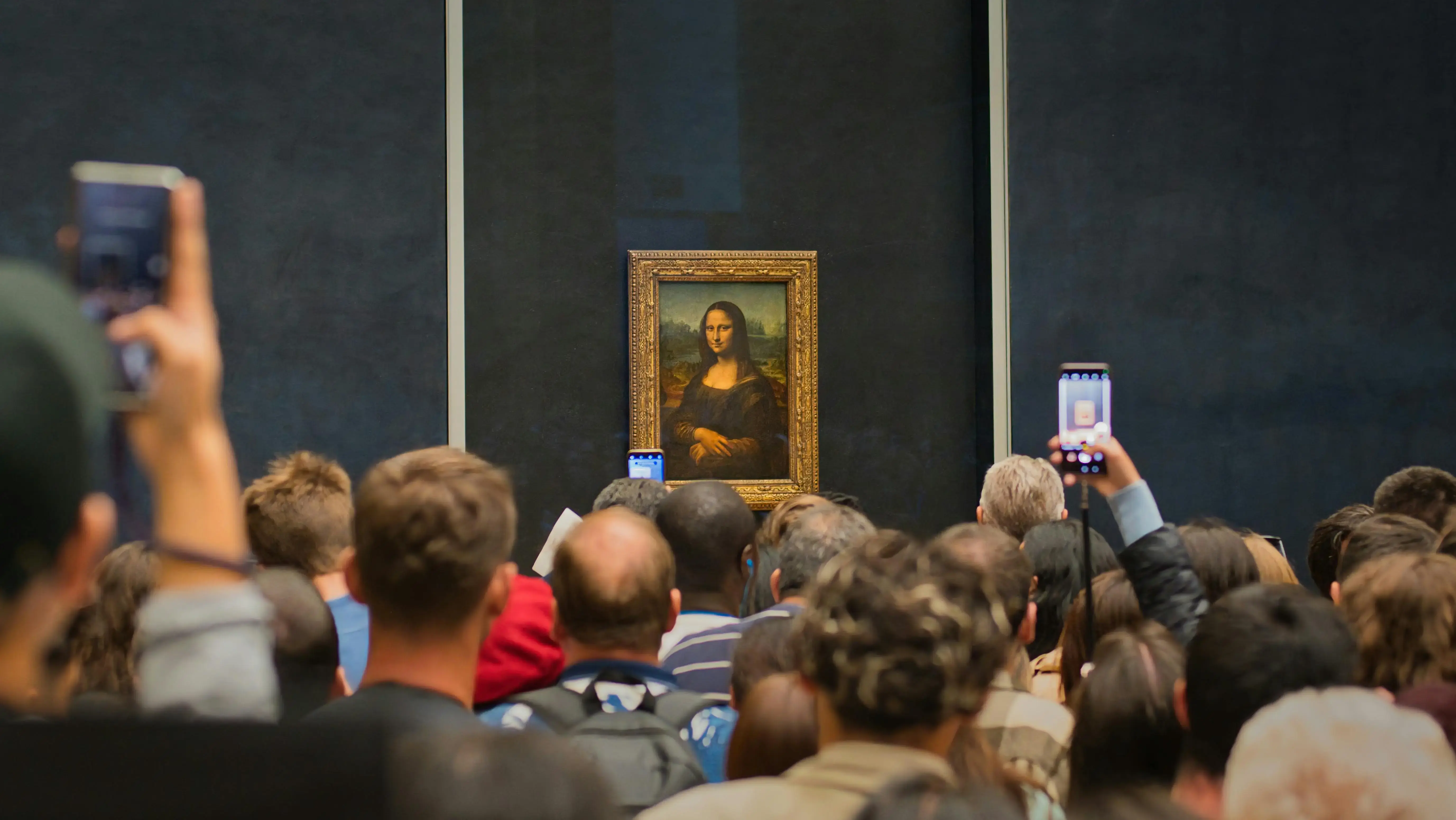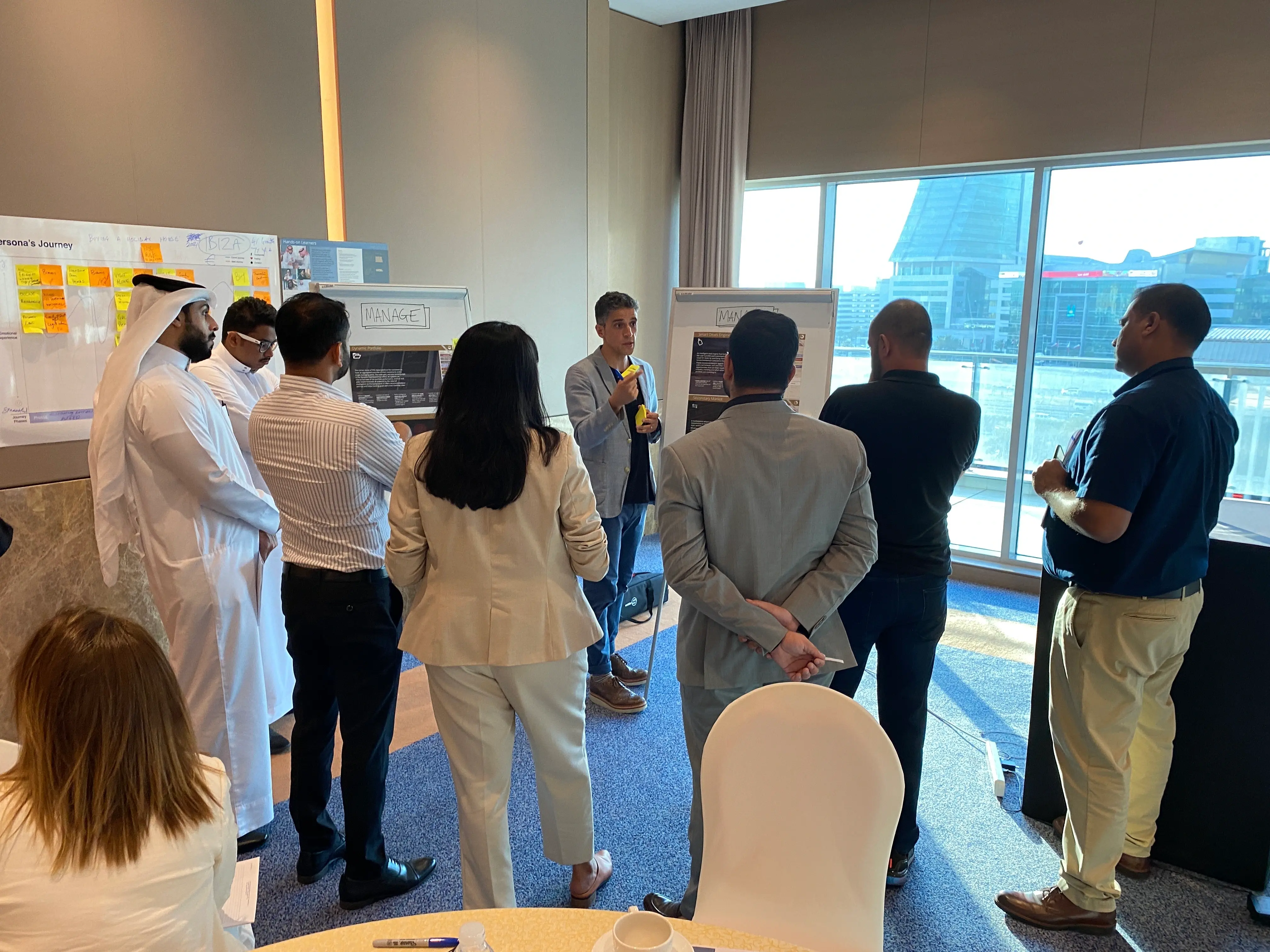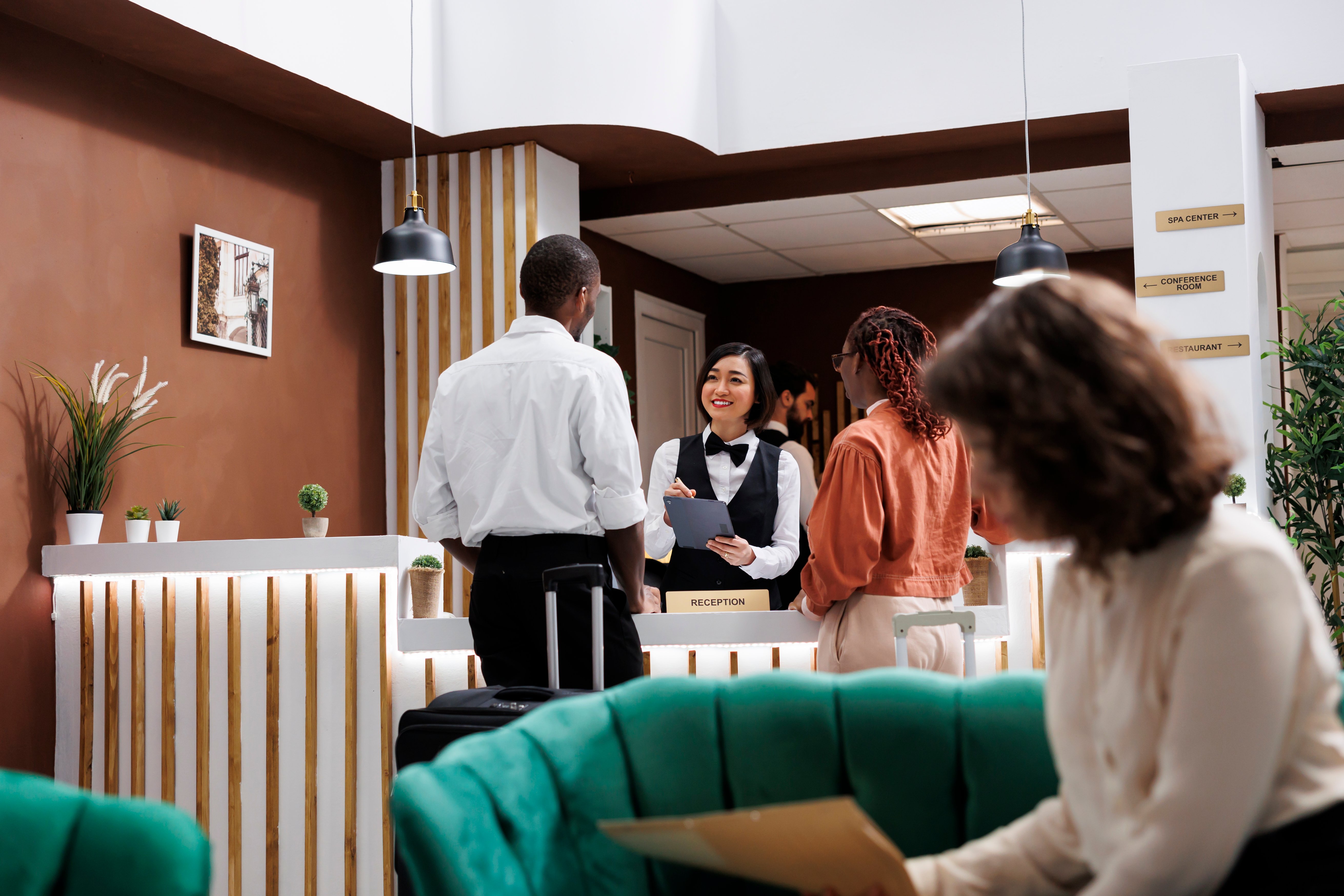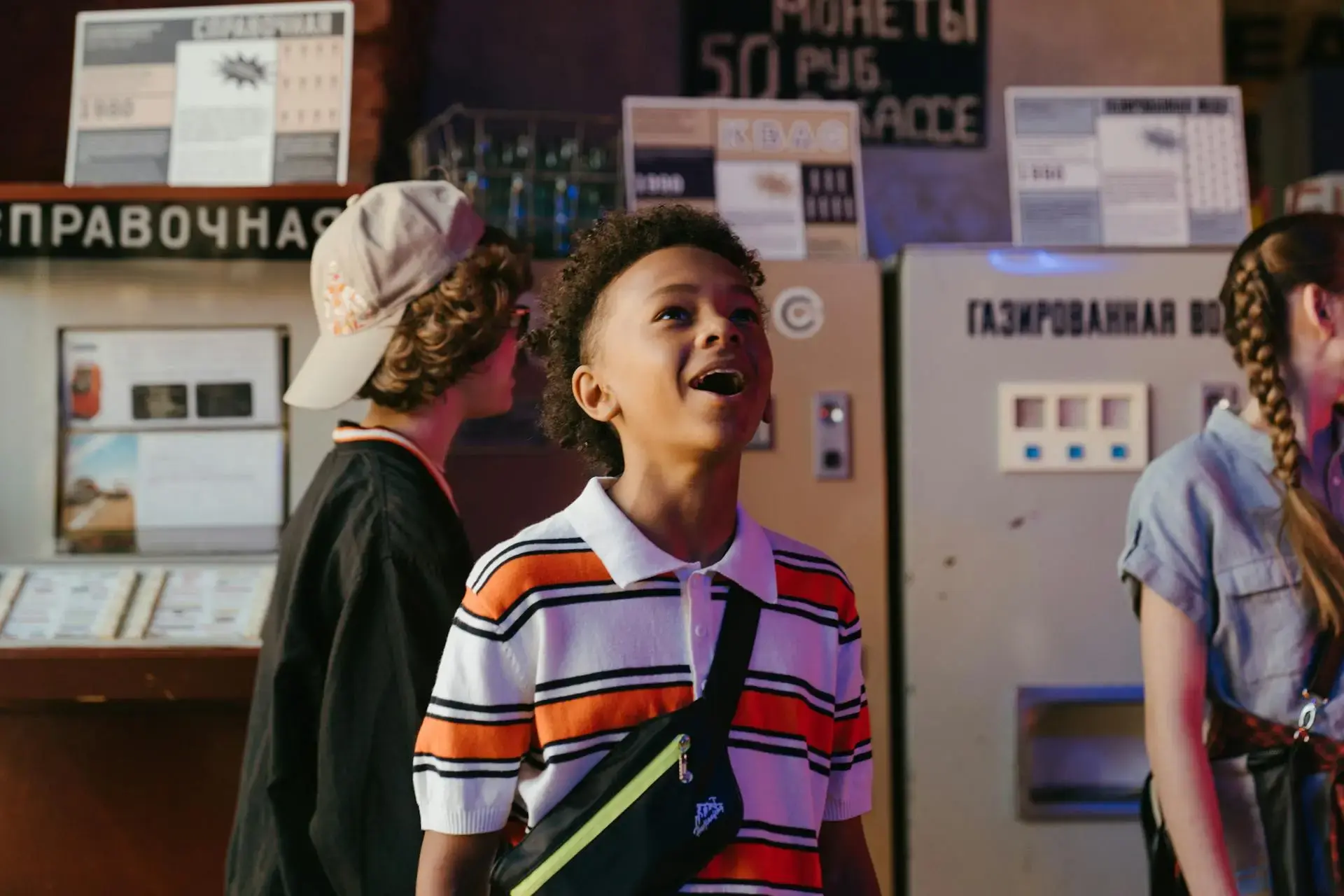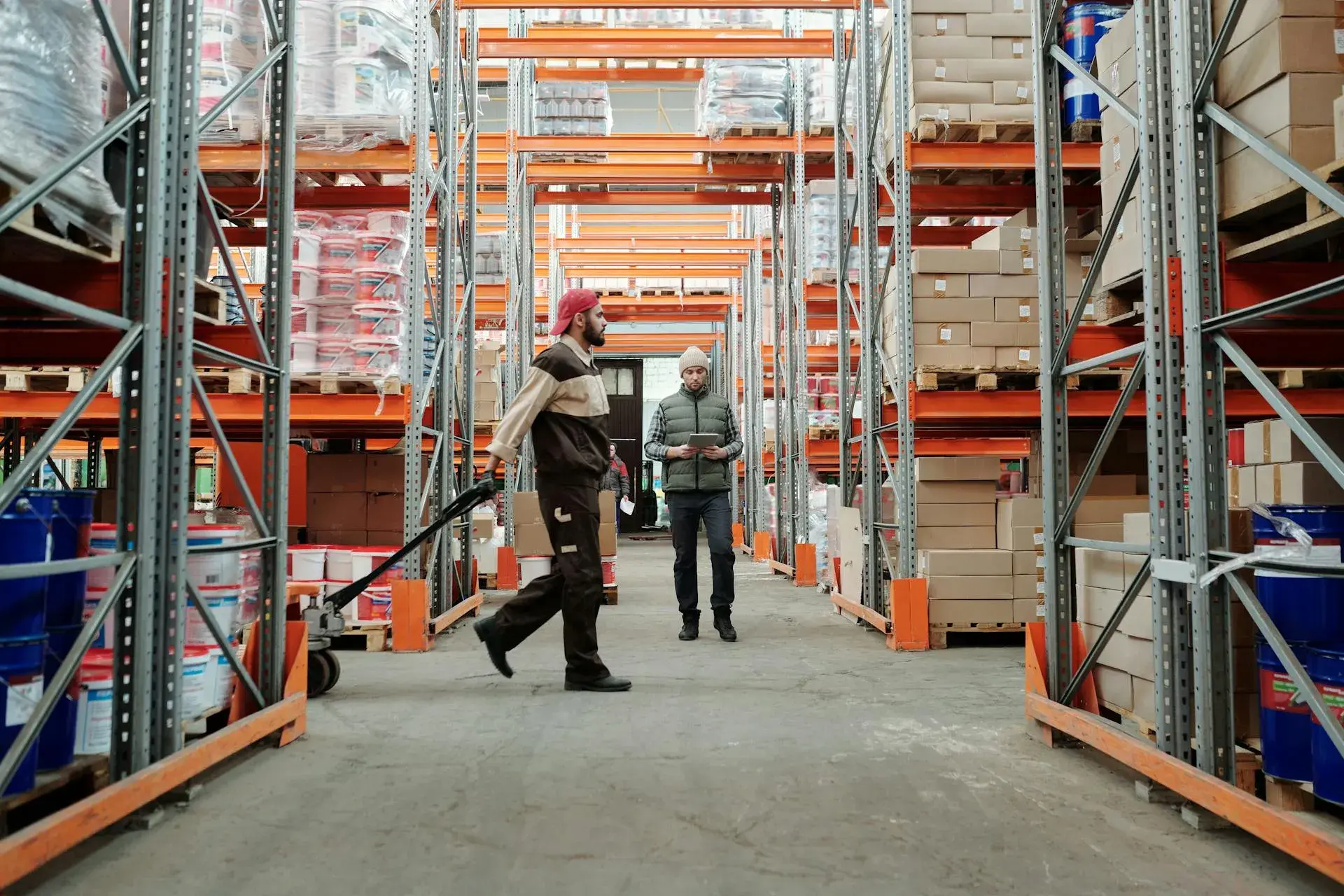Designing a better education system for our children
- Healthcare & Education
- ·
- 4 min read
We all knew that the education system had room for improvement. The COVID-19 pandemic brought this home (literally) as lockdowns forced schools to provide online solutions, for which most were seriously underequipped.
However, as we discussed in the first blog in this Education Think and Make series - How COVID-19 lessons can help us reimagine a better future for our children’s education, the pandemic also opened our eyes to various opportunities to take the lessons we have learned and craft them into a better education system for our children. One where no child is left behind.
We explored taking a holistic view of the current system and redesigning it to form a collaborative structure whereby teachers, students, and parents can work together seamlessly. A system that considers the optimum people, places, tools, processes, and communication channels.
To achieve this, all aspects of the design would need to be thoroughly considered and tested before anything can be put into practice.
Four Steps to a Better Education for Future Generations
- Step 1 - Deep-dive research A full picture of the learning experiences of children, both positive and negative, and how it has changed with the pandemic needs to be built before any changes can be considered. Any local or demographic nuances should be identified at this stage so that they can be factored in. Current pain points should be identified and considered. They can be grouped under the key themes of people, places, tools, processes, and communication channels.
- Step 2 - Collaborative creation Using tools from our Service Design System, we can generate ideas that respond to the key themes and problems. This should be a collaborative exercise that includes all stakeholders - children, parents, and teachers - in order to design a system that works for all.
- Step 3 - Testing Based on the collaborative ideas that have emerged from the creation stage, lo-fidelity prototypes can be built. These can be tested among target groups so that data and feedback can be gathered to inform the next stage.
- Step 4 - Evaluation Using the data collected, the original prototypes can be refined and evaluated, before being tested again.
Click here if you’d like to learn more about the fundamentals of service design.
Many solutions will present themselves, but the service design process will ensure that the ones that stand the rigorous prototype and testing phase are the ones that remain.
For example, it may transpire that a one-stop digital portal providing all the learning resources and support for both children and their parents is the best way to address the current issues. Perhaps an app with different user types (teacher, parent, child) and multiple views, each tailored according to their specific requirements, is the optimum tool for multi-lateral communication.
We have created some visuals to show you what an interface might look like...
The Teachers View
Here's the teachers view, showing the start of an interaction with a pupil who is struggling with his homework:

The Parents View
Here, the parent's view shows the type of real-time access Henry's parent or guardian would have to interact and support him:

The Students View
Henry has visibility to login and see this interaction, and any suggested resources from his teacher:

Whilst this is purely a vision of what could be created, it shows how we might take some of the positives from COVID-19, with parents more involved in and able to support their children through their education.
What matters is that any changes are improvements that have been proven to work. There is no point replacing a system that does not work properly with another system that also fails to deliver. Which is why the service design process is invaluable.
The Engine Service Design team are passionate about impacting the world in a positive way, and our goal with this Education Think and Make series, was to reimagine an education system where no child is left behind. It won’t be easy, but it’s certainly possible by leveraging the tools and principles of service design.
If you’re in a position to influence the future of education, if you work within government, or within a private educational institution and believe in improving education for the better, we’d love to hear from you. You can book an informal conversation with one of service design experts below.
